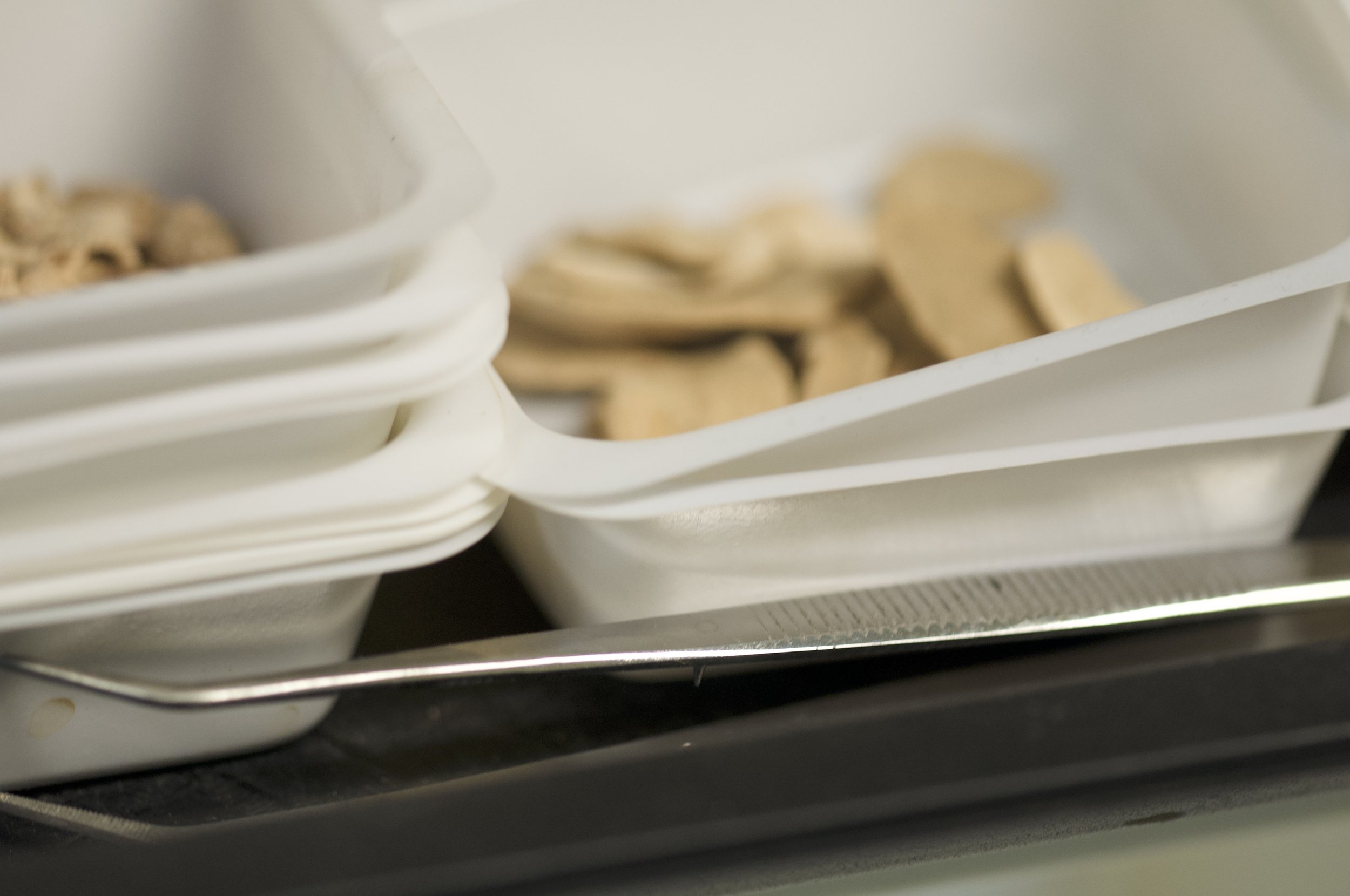
Zooarchaeology and Biomolecular Methods
Scroll ↓
My interest in zooarchaeology began as a child collecting bones, and shells, and now extends from the macroscopic, to the micro, and the biomolecular record.
I have extensive experience excavating, sorting, identifying, and quantifying shell and bone material in Australia and throughout the Asia-Pacific.
The core fauna examined include:
Tropical shell (marine and terrestrial), fish, crustaceans, and turtles
Marsupials and monotremes (e.g. kangaroo, cuscus, echidna)
Bats and rats
Cassowaries
Domesticated animals (e.g. pigs, cattle, dogs, horses)
In addition to traditional zooarchaeological analyses I also use a range of microscopic and biomolecular methods to understand taphonomic processes, provide robust taxonomic identifications, reconstruct chronology, and understand changing diet and subsistence behaviours.
Methods include:
Scanning Electron Microscopy (SEM-EDS)
X-ray Diffraction (XRD)
Collagen Peptide Mass Fingerprinting (ZooMS)
Radiocarbon dating (C14)
Stable Isotope Analyses (C and N)
My research also includes the examination of human bones using biomolecular techniques (ZooMS, C14 dating, and Stable Isotopes).
I combine these methods to understand how different human populations adapted to changing environments seen through shifts in diet over time using carbon and nitrogen ratios.




